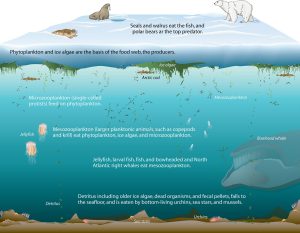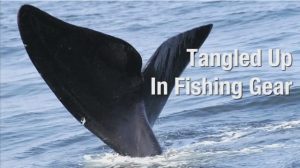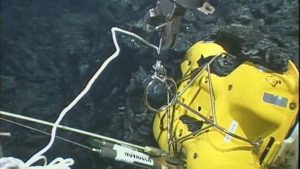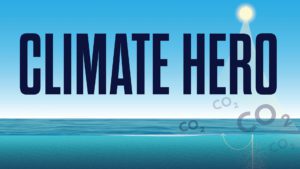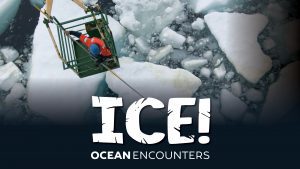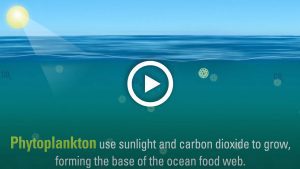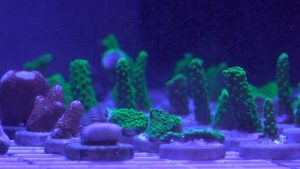This video explains the key physical, biological, and ecological processes in oases on the Antarctic icy coast — polynyas. Researchers at the Woods Hole Oceanographic Institution and the University of Delaware are attempting to uncover crucial connections between the physical and biological components in polynyas and to understand how the Antarctic ecosystem responds to changes in the large-scale environment.
An animation illustrated, edited, and created by Aurélie Lebrun du Puytison
Collaborative Research: Polynyas in Coastal Antarctica (PICA): Linking Physical Dynamics to Biological Variability.
PICA project is funded by the National Science Foundation (project #1643901 and 1643735)
Principal Investigators: Weifeng Gordon Zhang, Rubao Ji, Stephanie Jenouvrier, Ted Maksym, Scientists at Woods Hole Oceanographic Institution, Yun Li at University of Delaware
Collaborators: Sara Labrousse postdoctoral scholar at Woods Hole Oceanographic Institution
Also supported by NSF project (PLR-1341558) Phytoplankton Phenology in the Antarctic: Drivers, Patterns, and Implications for the Adelie Penguin
All colleagues and volunteers involved in the research on emperor penguins in Terre Adélie (program 109 supported financially and logistically by the French Polar Institute: Institut Paul Emile Victor, IPEV.) © Woods Hole Oceanographic Institution
Image and Visual Licensing
WHOI copyright digital assets (stills and video) contained on this website can be licensed for non-commercial use upon request and approval. Please contact WHOI Digital Assets at images@whoi.edu or (508) 289-2647.
